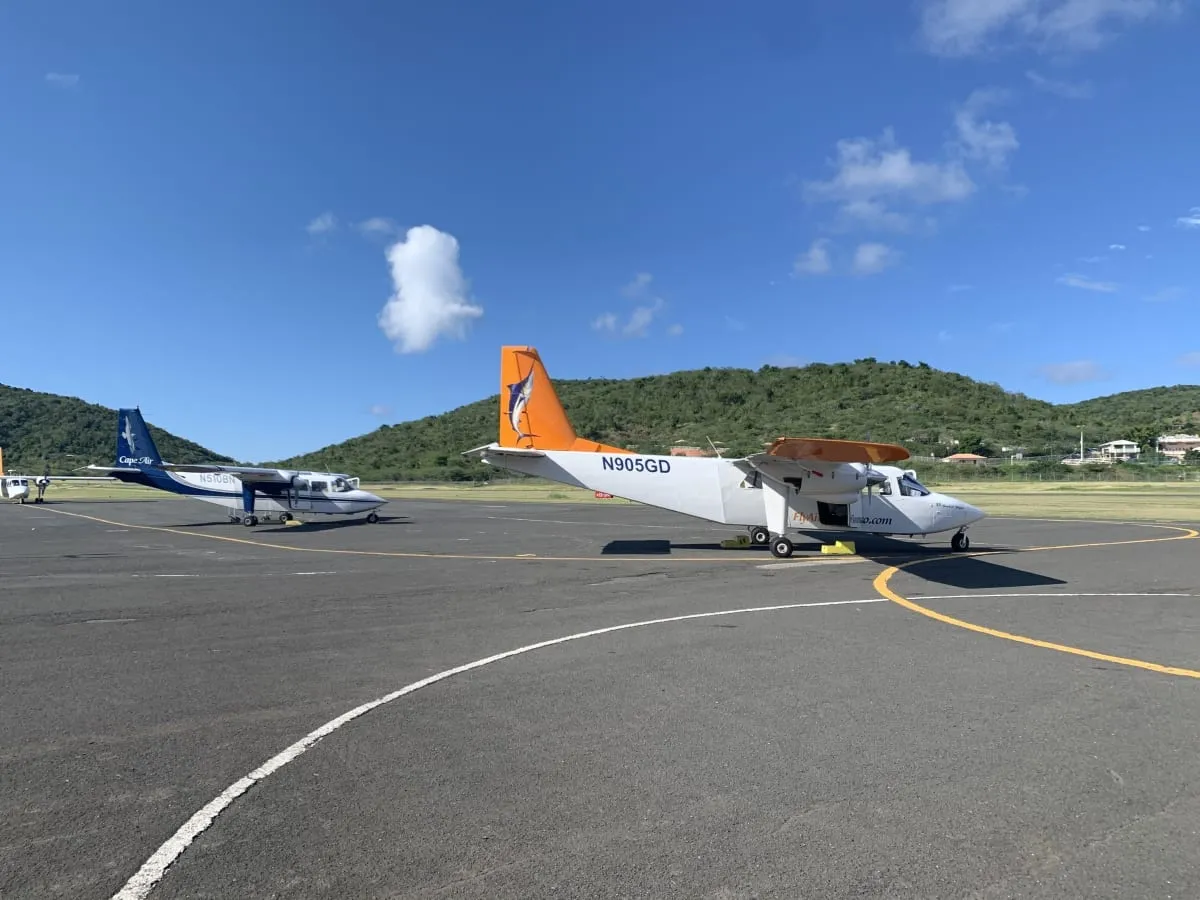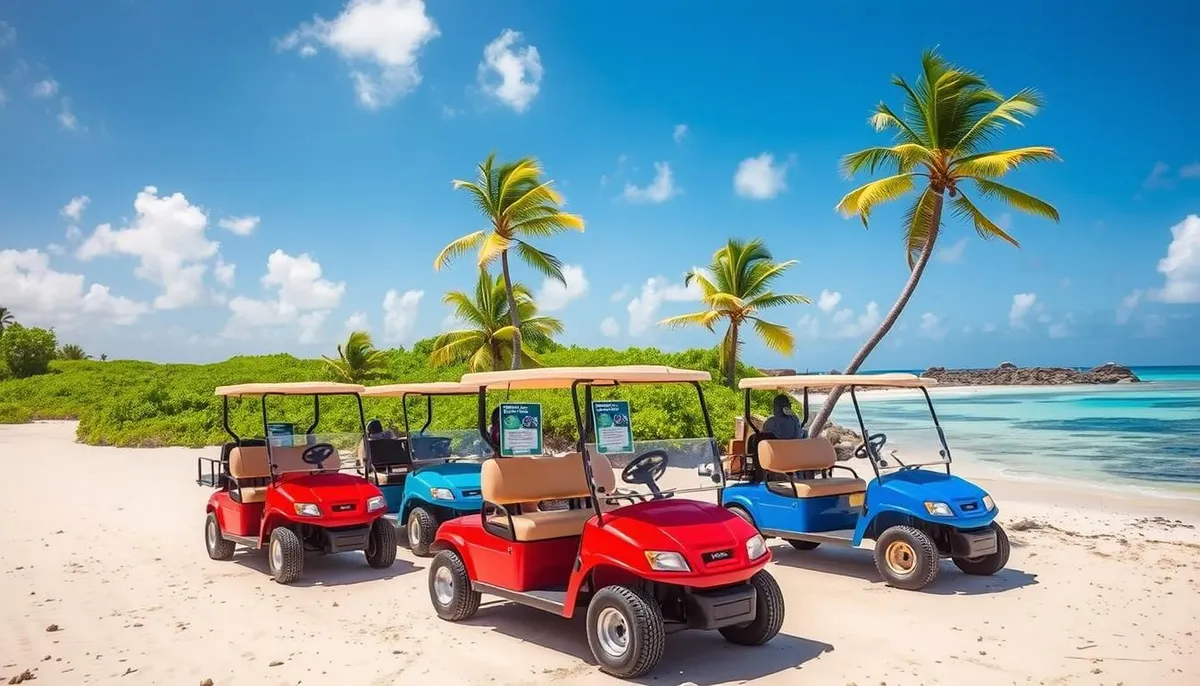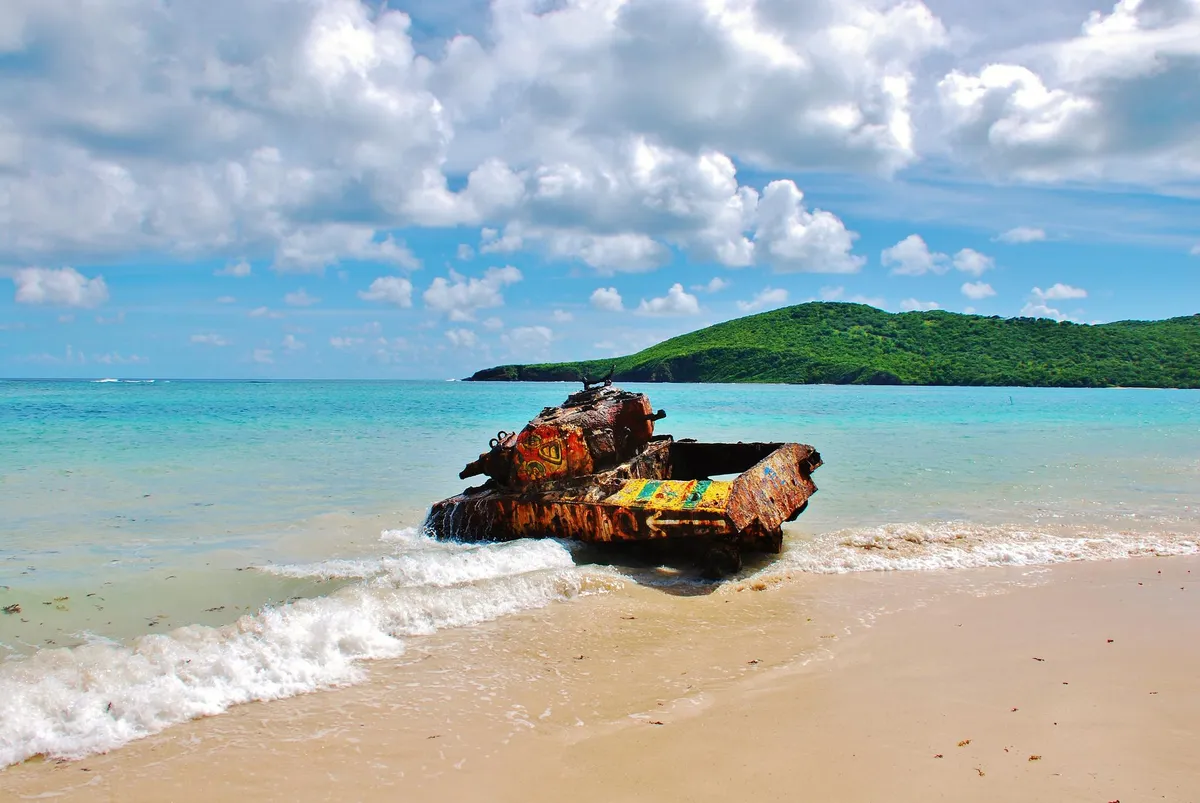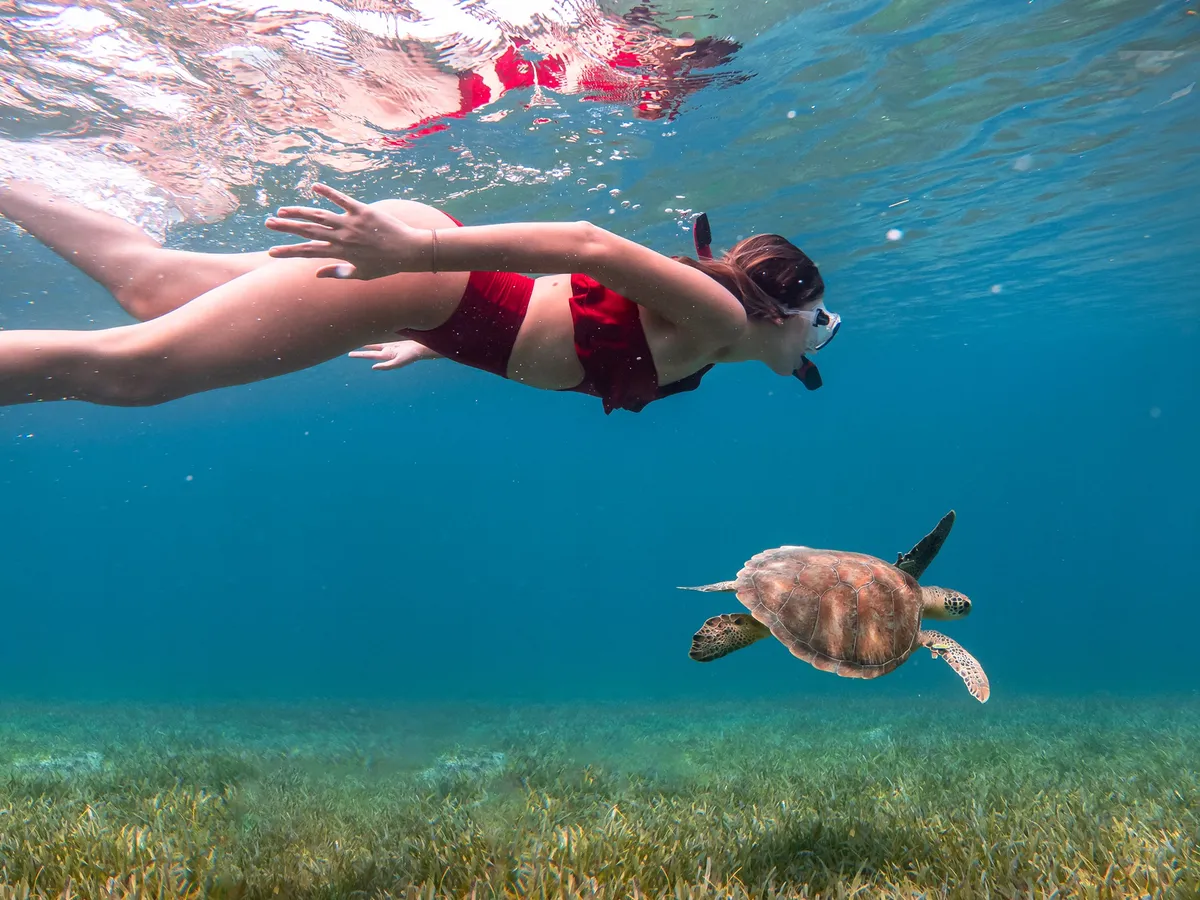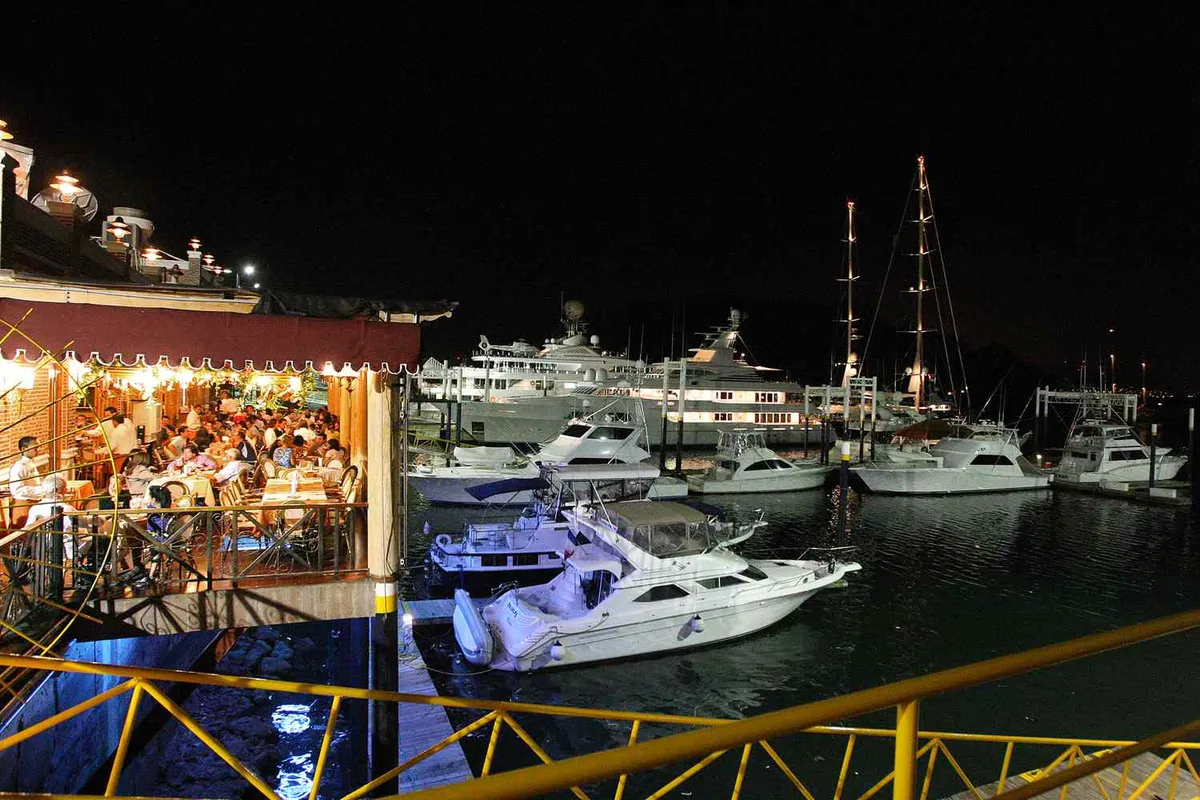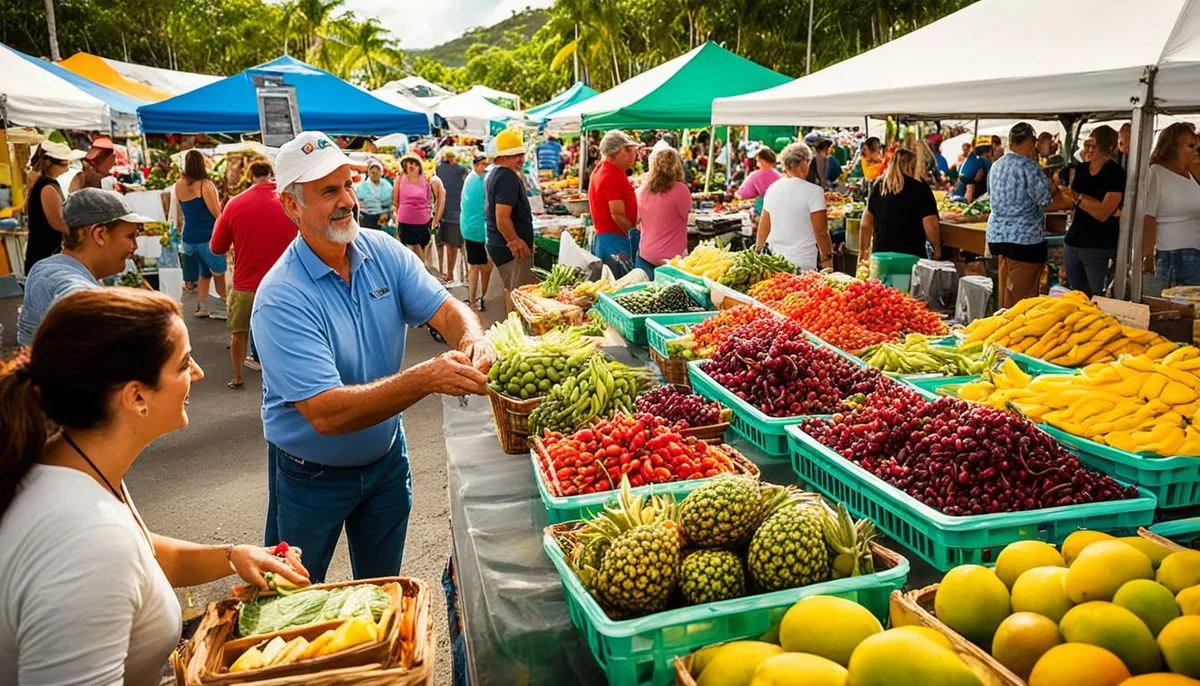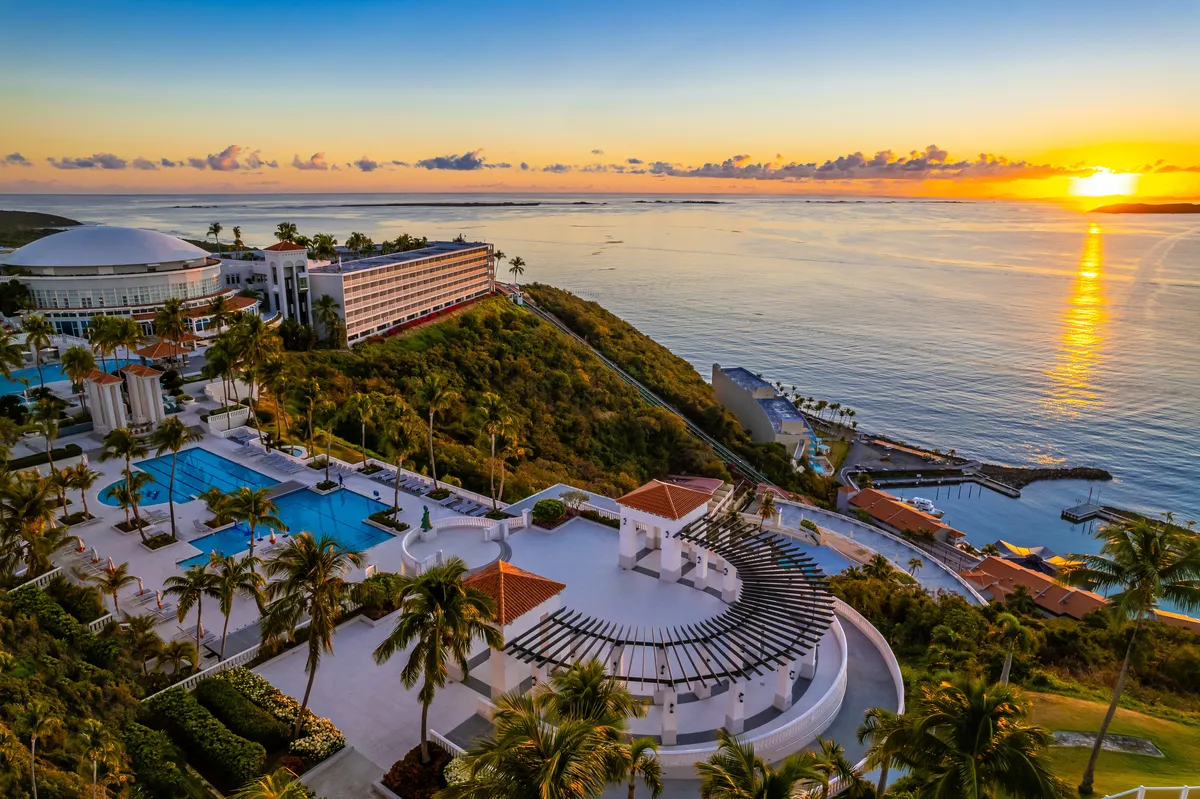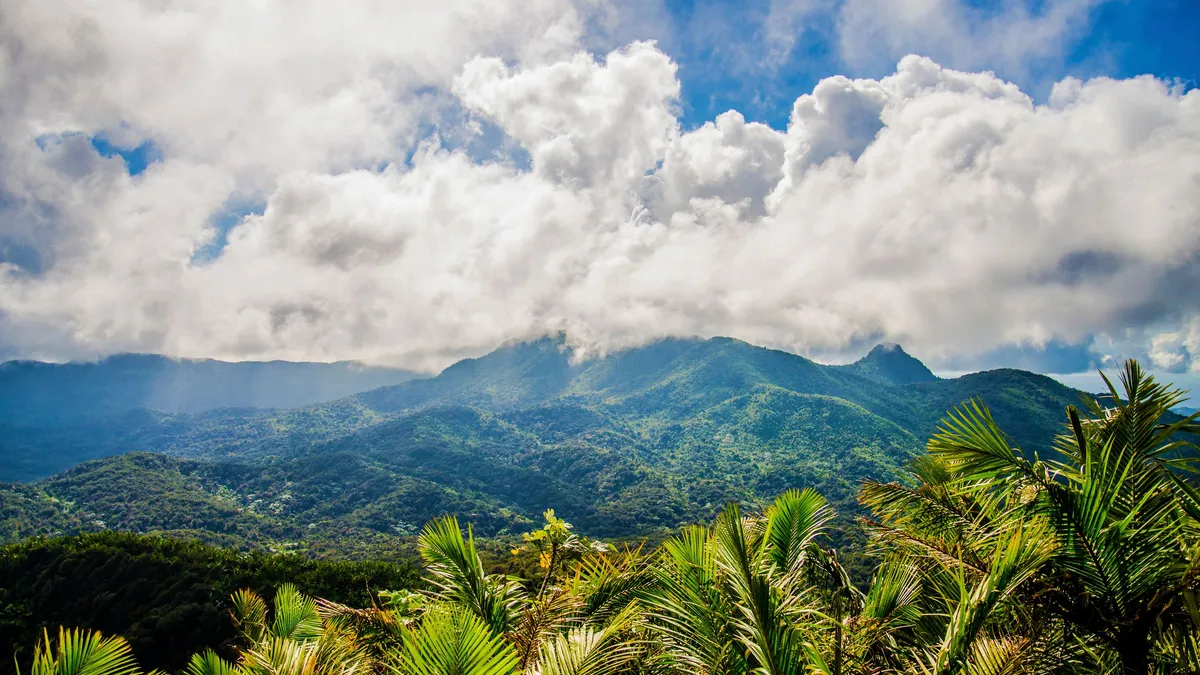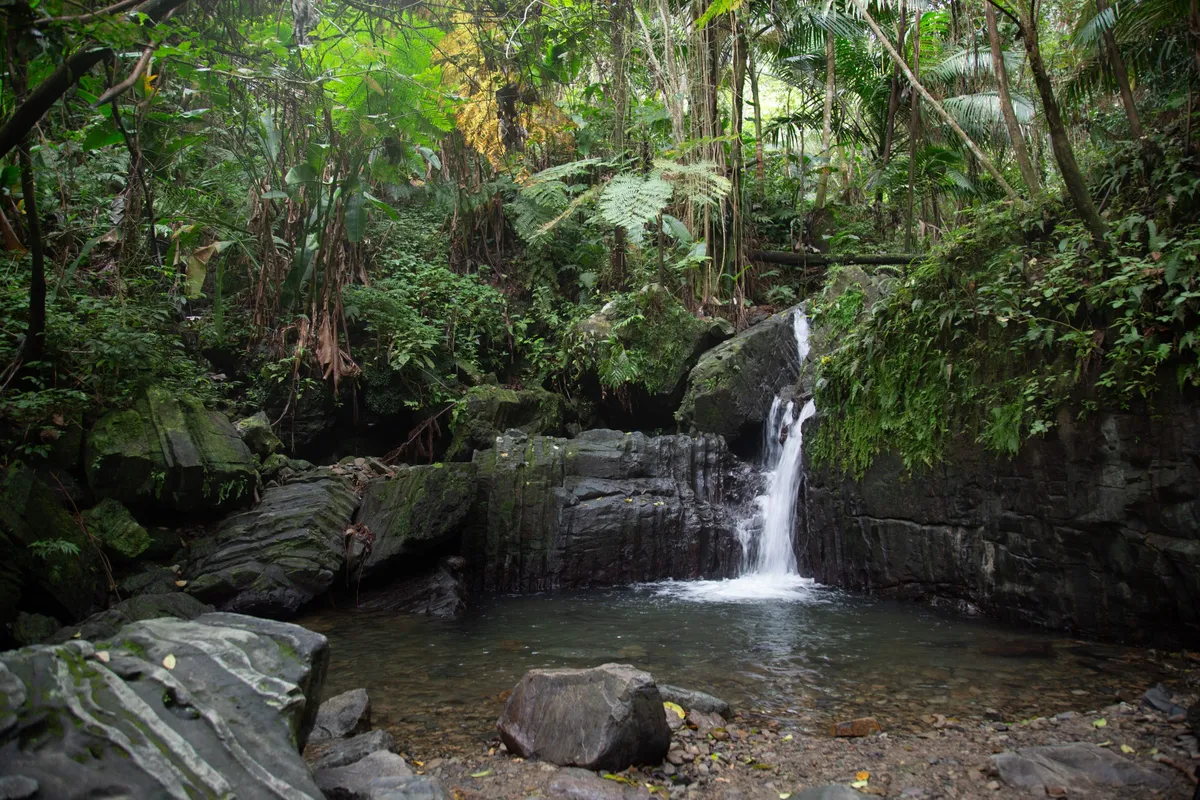After more than a decade of visiting Culebra Puerto Rico, I can tell you this tiny island off the main island’s eastern coast isn’t just another Caribbean destination—it’s a completely different world. Unlike the resort-heavy beaches you’ll find elsewhere, Culebra offers something increasingly rare: an unspoiled slice of paradise where the majority of land remains protected as a national wildlife refuge, its pristine coral reefs teem with sea turtles, and the closest thing to a traffic jam is waiting behind a golf cart on a dirt road to Zoni Beach.
Planning Your Culebra Puerto Rico Adventure
How to Get to Culebra: The Ferry vs. Flight Decision
The single most important choice you’ll make for your Culebra trip is how to get there. After dozens of visits, my recommendation is clear: if your budget allows and time is limited, fly. The ferry from Ceiba costs just $2.25 one-way, making it tempting for budget travelers, but this low price masks significant frustrations.
The ferry system remains notoriously unreliable despite improvements over the years. Schedules change without notice, delays and cancellations due to weather or mechanical issues are common, and island residents get priority for tickets. One traveler shared their experience of a 1.5-hour wait followed by a rough crossing that triggered a family member’s panic attack. You must book tickets well in advance online at Porferry and factor in hidden costs like the $80 taxi ride to Ceiba or parking fees if you drive.
Flying to Culebra (CPX) transforms transportation into part of the adventure. These small 8- to 10-seat propeller flights offer breathtaking aerial views of the coastline and scattered cays. Several airlines operate from Luis Muñoz Marín International Airport (SJU) in San Juan, Fernando Luis Ribas Dominicci Airport (SIG) in Isla Grande, and José Aponte de la Torre Airport (JCA) in Ceiba. One-way fares start around $89-$90, which many travelers find a worthy investment in time and peace of mind.
For stress-free day trips, catamaran tours from San Juan or Fajardo include round-trip transportation, snorkeling stops at Luis Peña Nature Reserve, time at Flamenco Beach, lunch, and open bar service. These full-day excursions cost around $150+ but eliminate all logistics while providing a curated paradise experience.
The Best Time to Visit Culebra
Culebra Puerto Rico enjoys year-round tropical weather, but timing significantly affects crowds, prices, and conditions. The dry season from December to May offers peak conditions with sunny skies, warm temperatures, and gentle trade winds. This attracts the most North American visitors escaping winter, creating higher prices and busier beaches, though “crowded” in Culebra remains tranquil by most standards.
My personal favorite periods are the shoulder seasons of April-May and November. You’ll enjoy fantastic weather with noticeably fewer visitors, warmer ocean temperatures, lush green hills, and better chances of finding secluded stretches of sand. Summer (June-August) brings higher temperatures, humidity, and brief afternoon showers, plus more Puerto Rican families on vacation, creating a lively local atmosphere.
Avoid late August through October during the hurricane and rainy season. Even without major storms, this period features wetter, unpredictable weather that can derail outdoor plans.
How Long to Stay in Culebra
While many attempt a Culebra trip as a day trip, this approach misses the island’s essence entirely. Factoring in travel time, you’re left with just a few hours on the ground, spending most of your day in transit feeling rushed and exhausted.
The sweet spot for first-time visitors is a minimum of 2-3 nights. This allows you to settle into the island’s unhurried rhythm, dedicate one full day to western beaches like Flamenco and Carlos Rosario, spend a second day exploring remote Zoni Beach or chartering a water taxi to uninhabited Isla Culebrita, and enjoy leisurely dinners watching sunsets without ferry departure stress.
Getting Around Culebra: The Jeep vs. Golf Cart Debate
Renting a vehicle in Culebra is essential, not optional. The island spans about 10 square miles with attractions spread across hilly terrain, making public taxis expensive and inefficient while tethering you to someone else’s schedule.
Golf carts feel quintessentially Culebra—fun, breezy, and perfectly matching the laid-back vibe. They’re easy to park in Dewey town or at Flamenco Beach. However, most rental companies restrict carts to main paved roads around town and Flamenco Beach. As one traveler noted, “the golf carts are limited… as there are many hills and off-roading where they’ll get stuck.” This means stunning remote beaches like Zoni or trails to Brava and Resaca remain off-limits. Golf carts also offer no secure storage, forcing you to carry valuables or risk leaving them exposed.
Jeeps lack breezy charm but provide complete freedom and capability. A 4WD vehicle unlocks the entire island, letting you navigate the bumpy road to Zoni Beach, explore the dramatic southwestern coast around Punta Soldado, and discover secluded coves independently. Lockable doors provide invaluable security for belongings during long beach days. Recent travelers report paying around $155 with insurance per day, reflecting the significant upgrade in freedom and security.
My recommendation: For first-time visitors or anyone staying more than one day, choose a Jeep. The extra cost buys complete freedom, access to hidden gems, and peace of mind. Only rent a golf cart for very short day trips with no plans beyond Flamenco Beach and the main town.
Where to Stay in Culebra Puerto Rico
Culebra’s small-scale, independent lodging scene is a feature, not a bug. The island’s resistance to large-scale development preserves its charm, offering boutique hotels, family-run guesthouses, and vacation rentals instead of sprawling all-inclusive resorts.
Club Seabourne Hotel stands out as Culebra’s only true boutique hotel, tucked into a tranquil hillside overlooking Fulladoza Bay. The property features a swimming pool, lush gardens, a private dock, and an excellent on-site restaurant. Value-added services include a daily à la carte breakfast, complimentary kayaks and bicycles, and included airport transfers, simplifying arrivals significantly. Best for couples seeking hotel comforts without an impersonal resort feel.
Aleli Cottages perch on a sprawling 33-acre hillside, offering possibly the most breathtaking views on the island. These colorful Caribbean bungalows overlook turquoise waters toward protected Cayo Luis Peña, perfectly framing spectacular daily sunsets. Accommodations are simple but comfortable, with some cottages fitting up to eight guests. Best for groups, families, or anyone prioritizing panoramic sunset views.
Villa Flamenco Beach provides the rare opportunity to stay directly near world-renowned Flamenco Beach. This collection of colorful villas lets you wake up steps from soft white sand and crystalline water. Units include kitchenettes, communal BBQ grills, and plenty of beach chairs for guest use. Best for beach enthusiasts and families maximizing sand time from sunrise to sunset.
Mamacitas Guest House and El Navegante de Culebra offer central Dewey locations for budget-conscious travelers. Mamacitas sits above its popular canal-side restaurant and bar with weekend live music, creating a social hub. El Navegante receives praise for exceptionally clean, modern rooms and a prime location within walking distance of top restaurants. Best for budget travelers and solo adventurers preferring walkable restaurant access.
Vacation rentals through VRBO/Airbnb provide private escapes ranging from romantic hideaways to sprawling family homes. Standouts include Casa Maya Hilltop with its stunning natural infinity pool and panoramic views, and Villa Ensenada Honda with spacious accommodations and amazing vistas. Best for couples seeking romantic privacy or larger groups wanting shared cooking and relaxation space.
Best Beaches and Activities in Culebra Puerto Rico
A Guide to Culebra’s World-Class Beaches
Flamenco Beach consistently appears on “world’s best beaches” lists with entirely justified hype. This mile-long crescent of powdery white sand meets impossibly calm turquoise water, with a space so expansive it rarely feels crowded. Unique features include two rusted, graffiti-covered M4 Sherman tanks left by the U.S. Navy after ceasing military exercises in 1975, now vibrant public art pieces. Food kiosks, bathrooms, and showers make it perfect for full beach days, though its popularity means busier conditions than other island beaches.
Tamarindo Beach transforms from a sunbathing destination to a snorkeling paradise. The shoreline mixes sand, polished pebbles, and coral stone, making it less ideal for lounging, but underwater magic lies just beneath the surface. This protected marine reserve serves as the primary feeding ground for green sea turtles and graceful eagle rays. One fellow traveler reported, “I have snorkeled all over the world and never gotten this close to so many turtles.” Visit in the mornings or late afternoons when the water is calmest, and remember to look but never touch these wild animals.
Carlos Rosario Beach offers the island’s best coral reef snorkeling for serious underwater enthusiasts. Reaching it requires a 20-minute hike along a well-marked trail beginning at the far end of the Flamenco Beach parking lot. This small effort preserves its pristine condition and keeps crowds away, rewarding visitors with a secluded cove featuring underwater gardens teeming with colorful fish and intricate coral formations.
Zoni Beach on the remote eastern shore feels worlds away from Flamenco’s relative bustle. This long, beautiful stretch offers an “exotic ambiance reminiscent of the Pacific” with wilder waves and breathtaking views of nearby Culebrita and, on clear days, St. Thomas. Getting here requires an adventure via rough, unpaved roads, making 4WD vehicles absolutely necessary. Zoni also serves as a critical sea turtle nesting site, so watch for marked-off areas.
Melones and Punta Soldado provide spectacular sunset viewing on the west-facing coast. Melones, easily accessible at the end of a quiet residential street, offers the island’s premier sunset spot with calm waters for excellent snorkeling. Further south, Punta Soldado features a more rugged, dramatic shoreline of bleached coral and pebbles, almost always deserted for quiet, contemplative sunsets.
Brava and Resaca Beaches reward adventurous souls willing to hike 30-40 minutes through a dry forest. These wild, secluded Atlantic-facing beaches attract surfers and solitude-seekers with powerful waves and vast, spectacular stretches often entirely to yourself. The trail to Resaca is considered more challenging, but both offer profound experiences of pristine wilderness.
Unforgettable Snorkeling and Diving
Culebra Puerto Rico’s reputation as a world-class underwater destination stems from its protected status as part of the Culebra National Wildlife Refuge, established by President Theodore Roosevelt in 1909. This long history of protection has created remarkably healthy, vibrant marine ecosystems.
Do-it-yourself snorkelers can rent high-quality gear from local shops like Culebra Divers, who will mark maps with the best spots based on daily conditions. Tamarindo remains the go-to for turtles and rays, while Melones and Carlos Rosario offer the best coral and fish life.
For exploring the remote reefs and cays of the Luis Peña Channel Natural Reserve, guided boat tours led by marine biologists provide all necessary equipment and access to pristine locations unreachable from shore, offering deeper looks into the “Rainforest of the Sea.”
Must-Do Day Trip: Isla Culebrita
If Culebra is an escape, Isla Culebrita is an escape from the escape. This tiny, uninhabited island, accessible by short water taxi rides from Dewey, feels like a miniature, even more pristine version of Culebra itself.
Spend time on Playa Tortuga (Turtle Beach), the most famous of six stunning beaches named for nesting sea turtles. Short inland hikes lead to natural tidal pools called “the Jacuzzis,” perfect for warm, bubbly soaks. The island’s crown jewel is the ruined Culebrita Lighthouse, one of the Caribbean’s oldest. The summit hike rewards visitors with breathtaking 360-degree panoramic views of the surrounding islands and turquoise sea.
Dining in Culebra Puerto Rico
Culebra’s dining scene reflects the island’s ethos: casual, unpretentious, and deeply connected to its surroundings. Open-air restaurants feature “calypso vibes” with Latin music soundtracks and gentle water lapping against docks. No chain restaurants exist—only cherished local spots, food trucks, and beachside kiosks serving fresh, authentic Caribbean and Puerto Rican cuisine.
Dinghy Dock stands as more than a restaurant—it’s a Culebra institution perched directly on the waters of Ensenada Honda bay. Famous for incredibly fresh, locally caught seafood including grilled swordfish, whole fried snapper, and octopus salad, diners watch massive tarpon swim up to the dock, drawn by the lights. This represents the quintessential Culebra dining experience.
Zaco’s Tacos brings a lively, festive atmosphere with delicious Mexican street food featuring creative Caribbean twists. Strong margaritas, energetic vibes, and frequent live music make it one of the island’s most popular dinner and drinks destinations.
Blac Flamingo Coffee serves as the island’s only specialty coffee shop, bringing “cosmopolitan cool” to its laid-back surroundings. Expertly crafted coffees, fresh pastries, and delicious sweet and savory breakfast and brunch options provide the perfect fuel to start your day.
Mamacita’s Restaurant in the heart of Dewey offers classic Puerto Rican dishes and excellent seafood in a picturesque canal-side setting. Its connection to the upstairs guesthouse makes it a convenient, popular hub.
Food trucks and kiosks shouldn’t be overlooked. Flamenco Beach kiosks serve surprisingly delicious, affordable local fare like empanadillas and fish tacos. The “Come y Vete” food trailer near the airport serves amazing made-to-order plates well worth the wait, offering some of the most authentic, satisfying island meals.
The limited dining options mean popular places get busy, especially on weekends, but this also ensures most establishments earn local and visitor loyalty through quality and value.
Essential Packing for Culebra Puerto Rico
- Sun Protection (Non-negotiable): The Caribbean sun is intense, requiring reef-safe sunscreen (SPF 30+), polarized sunglasses, wide-brim hats, and after-sun aloe vera gel for overzealous tanning sessions.
- Clothing: Think lightweight, breathable, quick-drying fabrics. Cotton and linen shirts, tank tops, and shorts become your daily uniform. Pack multiple swimsuits since you’ll spend most days in one, plus rash guards or UV shirts for extended snorkeling without constant sunscreen reapplication. Include a light rain jacket for brief tropical showers and one “nicer” outfit like linen pants or a casual dress for upscale dinners.
- Footwear: Comfort and practicality rule. Bring sandals or flip-flops for the beach and town, plus water shoes for exploring rocky shorelines like Tamarindo or Punta Soldado.
- Gear & Tech: Pack reusable water bottles for crucial tropical hydration, dry bags to protect phones, keys, and wallets during beach days and boat trips, portable chargers to ensure devices stay powered despite potentially less reliable island electricity, and a personal snorkel set for a perfect fit and hygiene.
- Health & Safety: Bring a basic first-aid kit for minor cuts, scrapes, or blisters, insect repellent for evening mosquitoes in verdant areas, and personal medications, including motion sickness treatment like Dramamine for ferry rides.
- Documents & Money: You’ll need a valid ID or passport (U.S. citizens don’t need a passport for Puerto Rico travel), and most importantly, cash. While larger hotels and restaurants accept credit cards, many smaller food kiosks, taxis, and tour operators remain cash-only operations.
Culebra Puerto Rico isn’t just a destination—it’s a feeling. It’s the warmth of the sun on your skin after emerging from cool, clear water, the quiet thrill of spotting sea turtles gliding through seagrass, and the profound peace of watching a sunset from a deserted beach with only the sound of waves. This island gently forces you to slow down, disconnect from modern life’s relentless pace, and reconnect with a simple, powerful natural beauty. This travel guide shows that Culebra isn’t for everyone, but it provides nothing short of paradise for travelers seeking authenticity and tranquility.
Read more:
